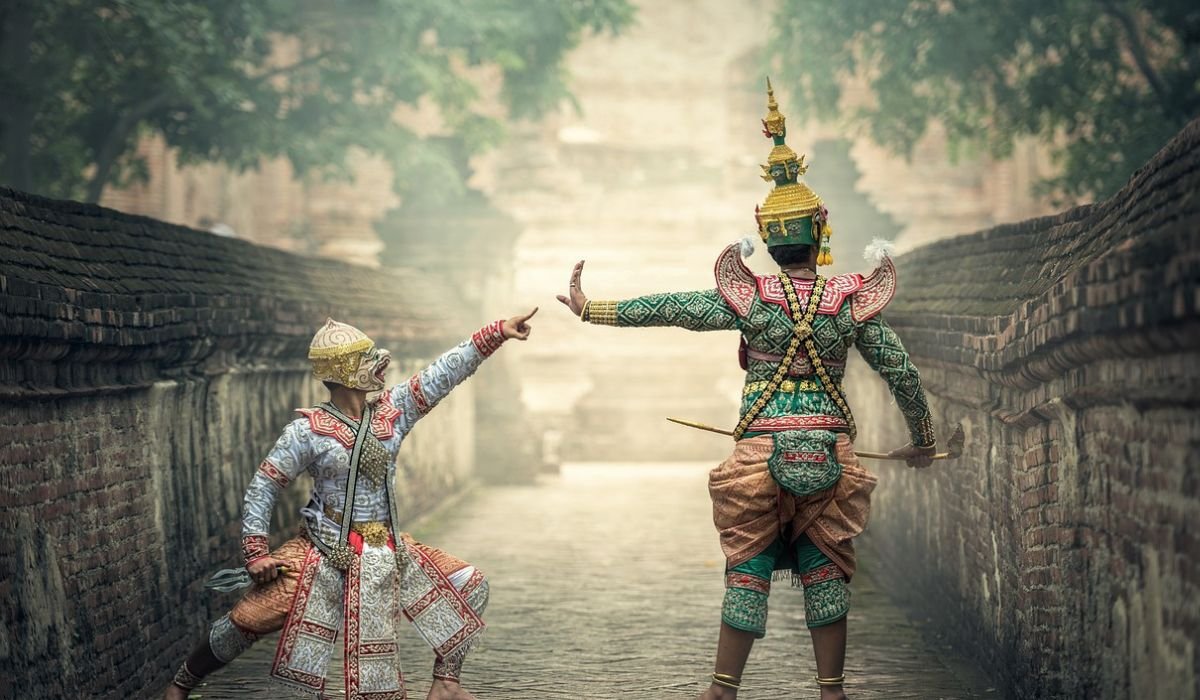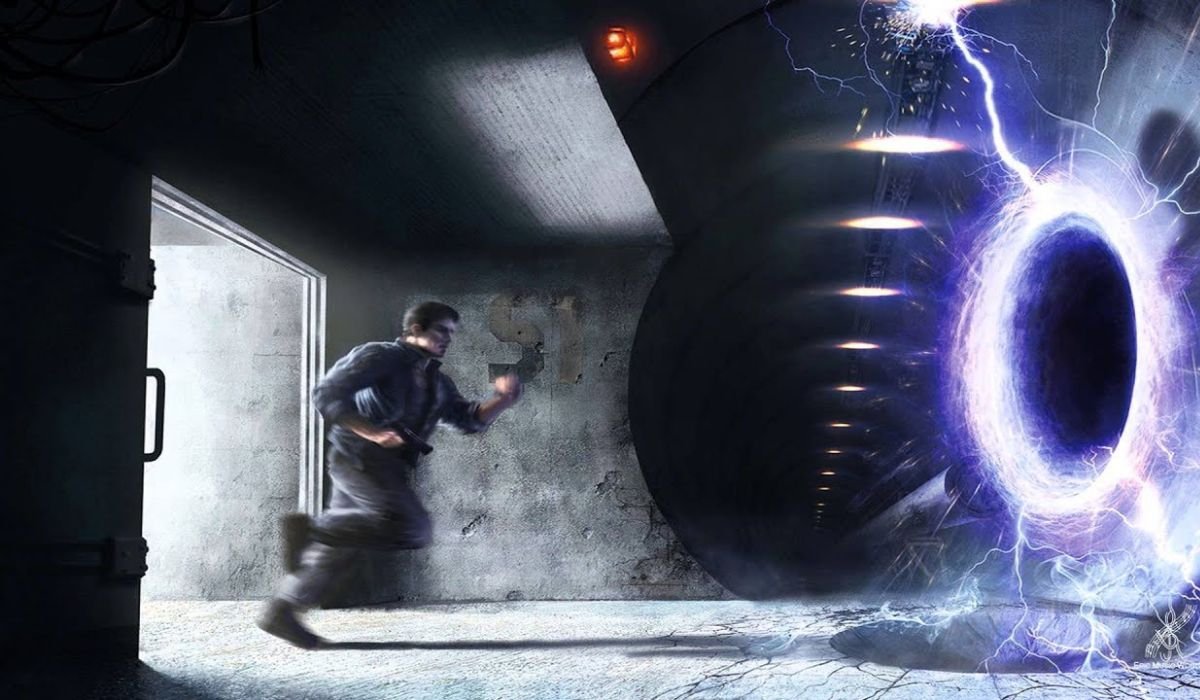Introduction
Uncuymaza is an extraordinary weaving technique created by the indigenous communities of the Andes. This art form is renowned for its vivid colors and symbolic designs that reflect the rich cultural heritage of these people. In this blog post, we’ll explore the history, techniques, and cultural significance of uncuymaza. Whether you’re a history enthusiast, a lover of textiles, or someone who appreciates cultural diversity, you’ll find this deep dive into uncuymaza to be both enlightening and inspiring.
The History and Cultural Importance of Uncuymaza
Uncuymaza is more than just a weaving technique; it’s a symbol of the Andean way of life. For centuries, Andean communities have used weaving as a means of expression, storytelling, and cultural preservation. The origins of uncuymaza can be traced back thousands of years when ancient weavers began incorporating complex patterns and symbols into their textiles. These designs were not just decorative; they held significant cultural meanings, representing everything from agricultural cycles to spiritual beliefs.
The tradition of uncuymaza has been passed down through generations, with each weaver learning the craft from their elders. This continuity ensures that the cultural heritage remains vibrant and alive. In Andean societies, weaving is considered a skill of great importance, and those who master it are highly respected. The process of creating uncuymaza textiles is time-consuming and requires immense skill and patience, making each piece a true labor of love.
The cultural significance of uncuymaza extends beyond its aesthetic beauty. These textiles are often used in traditional ceremonies and rituals, serving as offerings to the gods and ancestors. They also play a vital role in daily life, providing warmth and protection in the harsh Andean climate. The intricate designs and vibrant colors of uncuymaza textiles are a testament to the creative spirit and resilience of the Andean people.
Techniques and Materials Used in Uncuymaza Weaving
Creating uncuymaza textiles is a meticulous process that involves several traditional techniques and materials. Weavers use natural fibers derived from llamas, alpacas, and sheep, which provide the necessary strength and warmth for the textiles. These fibers are hand-spun into yarn, a skill passed down through generations, ensuring consistency and quality.
Once the yarn is prepared, weavers use a backstrap loom to create the intricate designs characteristic of uncuymaza. This type of loom allows for greater flexibility and control, enabling the weaver to produce complex patterns. The weaving process is highly symbolic, with each step representing a connection to the Andean land and its traditions.
Natural dyes extracted from plants, minerals, and insects are used to achieve the vibrant colors of uncuymaza textiles. Each color holds a specific meaning and significance, adding another layer of depth to the designs. The use of natural dyes also reflects the Andean commitment to environmental sustainability and respect for nature.
The Symbolism Behind Uncuymaza Designs and Colors
Uncuymaza designs are rich with symbolism, reflecting the beliefs and values of the Andean people. Each pattern is carefully chosen and woven to tell a story or convey a message. Common motifs include geometric shapes, animals, and elements of nature, each representing aspects of Andean cosmology and daily life.
Colors play a crucial role in uncuymaza textiles, with each hue carrying its own meaning. Red often symbolizes life and fertility, while black represents protection and strength. Green is associated with the earth and agriculture, and blue signifies the sky and water. These colors are not chosen arbitrarily but are deeply rooted in Andean spirituality and culture.
By understanding the symbolism behind uncuymaza designs and colors, we gain insight into the worldview of the Andean people. These textiles offer a window into their history, beliefs, and way of life, serving as a bridge between past and present.
The Modern Resurgence and Global Impact of Uncuymaza
In recent years, uncuymaza has experienced a resurgence in popularity, both within the Andes and internationally. This renewed interest can be attributed to a growing appreciation for traditional crafts and cultural heritage in a rapidly modernizing world. Many young Andean artisans are rediscovering the art of uncuymaza, infusing it with contemporary influences while preserving its traditional essence.
The global impact of uncuymaza can be seen in the fashion and design industries, where these vibrant textiles are celebrated for their unique beauty and craftsmanship. Designers and consumers alike are drawn to the authenticity and story behind each piece, making uncuymaza a sought-after element in sustainable fashion.
By supporting uncuymaza artisans, we contribute to the preservation of this ancient art form and empower the communities that create it. This global appreciation not only provides economic opportunities for Andean weavers but also strengthens cultural connections and fosters a deeper understanding of their rich heritage.
Where to Experience and Purchase Authentic Uncuymaza
For those eager to experience the magic of uncuymaza firsthand, there are several ways to do so. Visiting the Andean region offers a unique opportunity to witness the weaving process and connect with local artisans. Many communities welcome visitors, providing workshops and demonstrations to showcase their traditional techniques.
If traveling to the Andes is not feasible, there are numerous online platforms and fair-trade organizations dedicated to promoting authentic uncuymaza textiles. These sources ensure that your purchase directly supports the artisans, helping to sustain their craft and community.
When purchasing uncuymaza textiles, look for certifications that guarantee authenticity and ethical practices. By choosing to buy from reputable sources, you can be confident in the quality of your purchase and its positive impact on the artisans’ livelihoods.
Tips on Caring for and Preserving Uncuymaza Textiles
To ensure the longevity and beauty of your uncuymaza textiles, proper care and maintenance are essential. Begin by gently shaking out any dirt or debris and using a soft brush to remove surface dust. When necessary, clean the textile using cold water and mild detergent, taking care to avoid harsh chemicals that may damage the fibers and colors.
It’s important to dry uncuymaza textiles flat in a shaded area, as direct sunlight can cause fading. Consider storing them in a cool, dry place away from moisture and pests. Using moth repellents, such as cedar blocks or lavender sachets, can help protect your textiles from damage.
Lastly, handle your uncuymaza textiles with care, avoiding unnecessary pulling or stretching. By following these simple tips, you can ensure that your uncuymaza textiles remain vibrant and cherished heirlooms for generations to come.
You May Also Like: Aniguesser Games to Entertain All Ages
Conclusion
Uncuymaza is a testament to the enduring creativity and resilience of the Andean people. This ancient art form weaves together history, culture, and spirituality into vibrant textiles that continue to captivate and inspire. By exploring the world of uncuymaza, we connect with a rich cultural heritage that transcends borders and generations.
Whether you are a seasoned collector or a curious newcomer, uncuymaza offers something for everyone. Its intricate designs and vivid colors tell stories that resonate with all who appreciate the beauty and meaning of traditional craftsmanship. By supporting uncuymaza artisans and preserving this art form, we honor the legacy of the Andean people and ensure that their cultural heritage continues to thrive.
FAQs
What is uncuymaza?
Uncuymaza is an ancient weaving technique created by Andean indigenous communities, known for its vivid colors and symbolic designs.
What materials are used in uncuymaza weaving?
Uncuymaza uses natural fibers from llamas, alpacas, and sheep, dyed with natural extracts from plants, minerals, and insects.
How do I care for uncuymaza textiles?
To care for uncuymaza textiles, clean gently with cold water and mild detergent, dry flat in the shade, and store in a cool, dry place.
Where can I purchase authentic uncuymaza textiles?
Authentic uncuymaza can be purchased directly from Andean artisans or through reputable online platforms and fair-trade organizations.
What is the symbolism behind uncuymaza designs?
Uncuymaza designs represent Andean cosmology and daily life, with motifs like geometric shapes and animals, and colors with specific cultural meanings.











